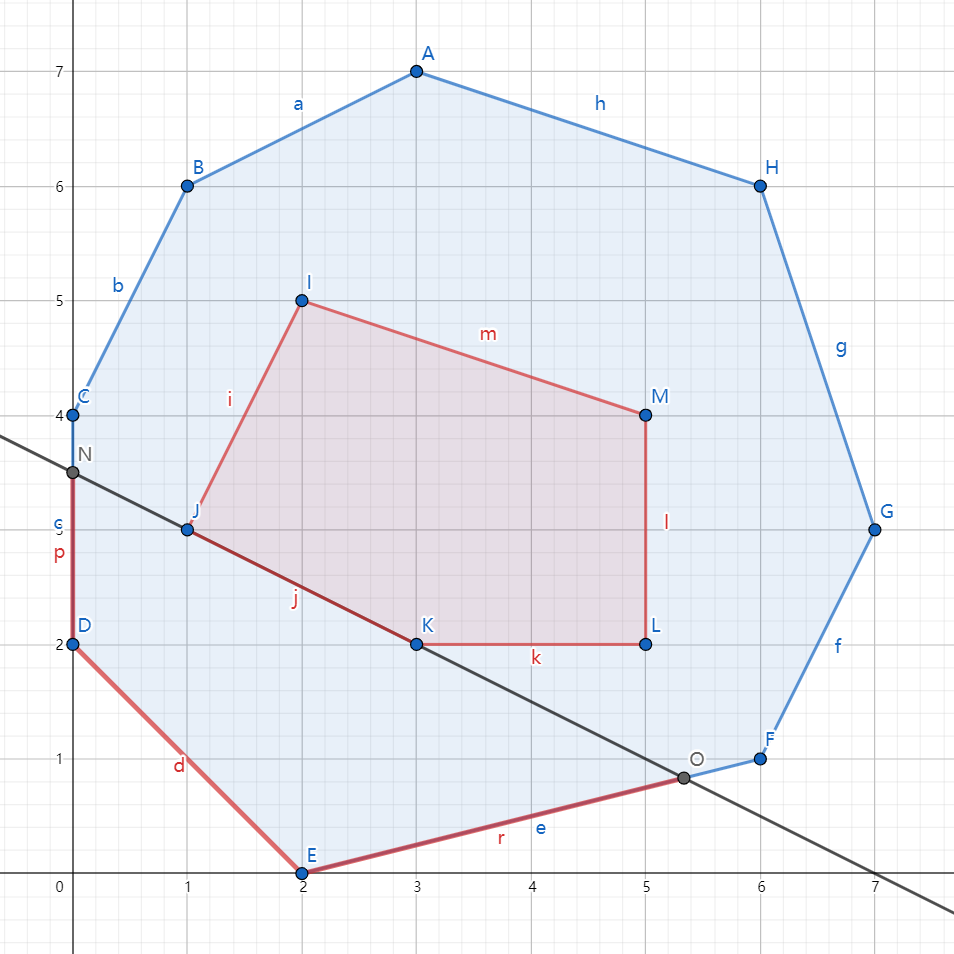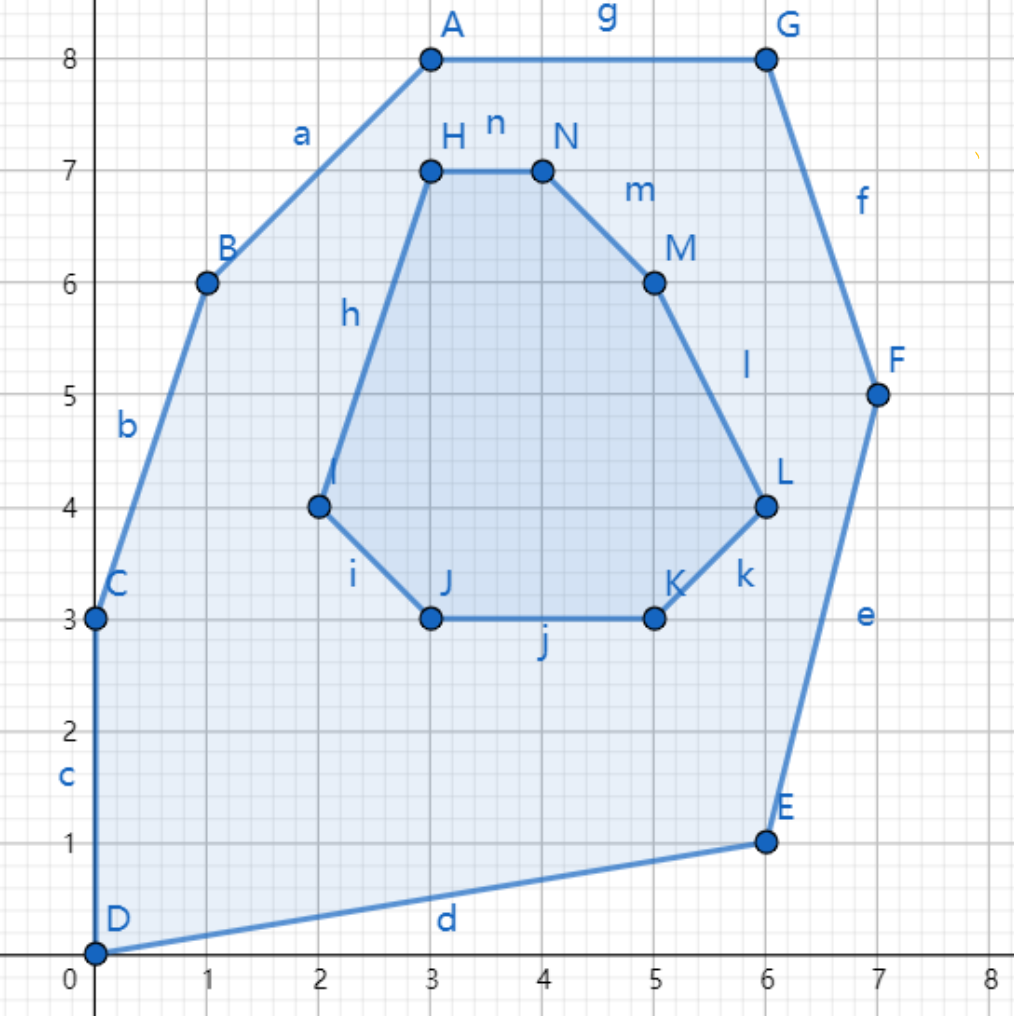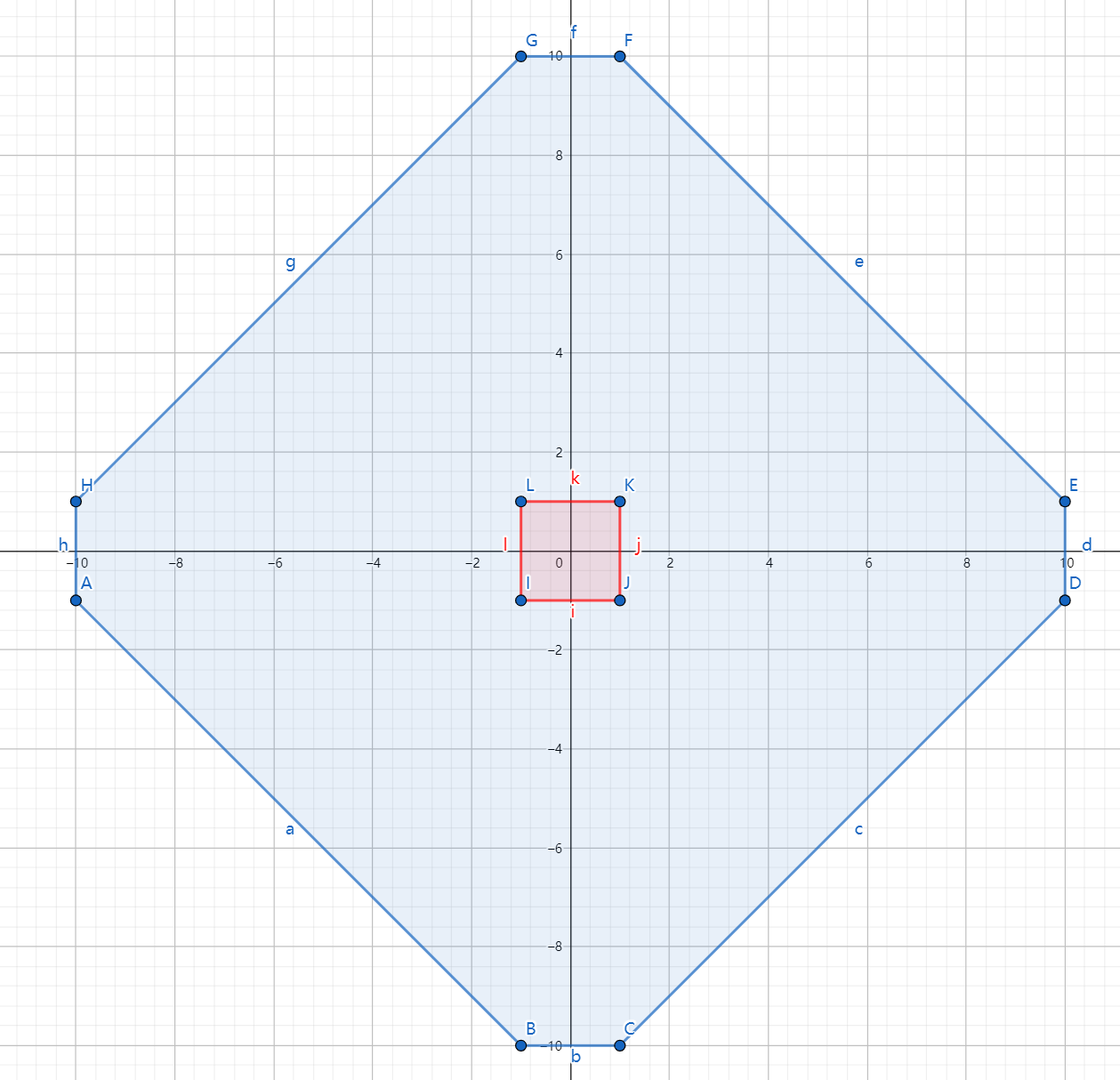1
2
3
4
5
6
7
8
9
10
11
12
13
14
15
16
17
18
19
20
21
22
23
24
25
26
27
28
29
30
31
32
33
34
35
36
37
38
39
40
41
42
43
44
45
46
47
48
49
50
51
52
53
54
55
56
57
58
59
60
61
62
63
64
65
66
67
68
69
70
71
72
73
74
75
76
77
78
79
80
81
82
83
84
85
86
87
88
89
90
91
92
93
94
95
96
97
98
99
100
101
102
103
104
105
106
107
108
109
110
111
112
113
114
115
116
117
118
119
120
121
122
123
124
125
126
127
128
129
130
131
132
133
134
135
136
137
138
139
140
141
142
143
144
145
| #pragma GCC optimize("-fdelete-null-pointer-checks,inline-functions-called-once,-funsafe-loop-optimizations,-fexpensive-optimizations,-foptimize-sibling-calls,-ftree-switch-conversion,-finline-small-functions,inline-small-functions,-frerun-cse-after-loop,-fhoist-adjacent-loads,-findirect-inlining,-freorder-functions,no-stack-protector,-fpartial-inlining,-fsched-interblock,-fcse-follow-jumps,-fcse-skip-blocks,-falign-functions,-fstrict-overflow,-fstrict-aliasing,-fschedule-insns2,-ftree-tail-merge,inline-functions,-fschedule-insns,-freorder-blocks,-fwhole-program,-funroll-loops,-fthread-jumps,-fcrossjumping,-fcaller-saves,-fdevirtualize,-falign-labels,-falign-loops,-falign-jumps,unroll-loops,-fsched-spec,-ffast-math,Ofast,inline,-fgcse,-fgcse-lm,-fipa-sra,-ftree-pre,-ftree-vrp,-fpeephole2",3)
#pragma GCC target("avx", "sse2")
#define IO ios::sync_with_stdio(false);cin.tie(nullptr);cout.tie(nullptr)
#include <bits/stdc++.h>
#define maxn 800005
using namespace std;
const long double eps = 1e-8;
int sgn(long double x){
if(fabs(x) < eps) return 0;
return x > eps ? 1 : -1;
}
template<typename T> struct TP{
T x, y;
friend TP operator +(const TP &a, const TP &b){
return {a.x + b.x, a.y + b.y};
}
friend TP operator -(const TP &a, const TP &b){
return {a.x - b.x, a.y - b.y};
}
friend T operator *(const TP &a, const TP &b){
return a.x * b.x + a.y * b.y;
}
friend T operator ^(const TP &a, const TP &b){
return a.x * b.y - a.y * b.x;
}
friend bool operator ==(const TP &a, const TP &b){
return fabs(a.x - b.x) < eps && fabs(a.y - b.y) < eps;
}
int toleft(const TP &b){
auto p = (*this) ^ b;
return (p > eps) - (p < -eps);
}
T len(){
return sqrt(x * x + y * y);
}
T distance(TP &b){
return ((*this) - b).len();
}
void print(){
cout << "[Point] " << x << " " << y << '\n';
}
}; using Point = TP<long double>;
template<typename T> struct TL{
TP<T> s, e;
int relation(TP<T> &p){
int c = sgn((p - s) ^ (e - s));
if(c < 0) return 1;
if(c > 0) return 2;
return 3;
}
int linecrossseg(TL &v){
int d1 = sgn((e - s) ^ (v.s - s));
int d2 = sgn((e - s) ^ (v.e - s));
if((d1 ^ d2) == -2) return 2;
return (d1 == 0 || d2 == 0);
}
TP<T> crosspoint(TL &v){
auto a1 = (v.e - v.s) ^ (s - v.s);
auto a2 = (v.e - v.s) ^ (e - v.s);
return {(s.x * a2 - e.x * a1) / (a2 - a1), (s.y * a2 - e.y * a1) / (a2 - a1)};
}
}; using Line = TL<long double>;
struct ConvexHull{
int siz;
long double alen;
vector<Point> p; vector<Line> l;
vector<long double> len;
void build(vector<Point> &o){
auto nxt = [&](int i){ return i == p.size() - 1 ? 0 : i + 1; };
auto pre = [&](int i){ return i == 0 ? p.size() - 1 : i - 1; };
siz = o.size();
for(int i = 0; i < siz; i++) p.push_back(o[i]);
for(int i = 0; i < siz; i++){
l.push_back({o[i], o[nxt(i)]});
len.push_back(o[i].distance(o[nxt(i)]));
alen += len.back();
}
}
}B, S;
int n, m;
vector<Point> iB, iS;
long double querySum(int L, int R, vector<long double> &sum){
if(R < L) return 0;
if(L == 0) return sum[R];
return sum[R] - sum[L - 1];
}
long double solve(){
auto nxt = [&](int i, vector<Line> &p){ return i == p.size() - 1 ? 0 : i + 1; };
auto pre = [&](int i, vector<Line> &p){ return i == 0 ? p.size() - 1 : i - 1; };
long double exp = 0;
vector<long double> sum, val = B.len; vector<Line> out = B.l, in = S.l;
val.insert(val.end(), val.begin(), val.end());
sum.resize(val.size());
partial_sum(val.begin(), val.end(), sum.begin());
int siz = in.size(), sizo = out.size(), L = 0, R = 0;
for(int i = 0; i < siz; i++){
long double result = 0;
while(!in[i].linecrossseg(out[L]) ||
(in[i].linecrossseg(out[L]) == 1 && in[i].crosspoint(out[L]) == out[L].e)) L = nxt(L, out);
while(!in[i].linecrossseg(out[R]) ||
(in[i].linecrossseg(out[R]) == 1 && in[i].crosspoint(out[R]) == out[R].e) || L == R) R = nxt(R, out);
Point crossL = in[i].crosspoint(out[L]);
Point crossR = in[i].crosspoint(out[R]);
if((crossR - crossL) * (in[i].e - in[i].s) > 0){
int FL = L, FR = R;
if(FL > FR) FR += sizo;
long double nowLen = querySum(FL + 1, FR - 1, sum) +
crossL.distance(out[L].e) +
crossR.distance(out[R].s);
result += nowLen * S.len[i];
} else{
int FL = R, FR = L;
if(FL > FR) FR += sizo;
long double nowLen = querySum(FL + 1, FR - 1, sum) +
crossR.distance(out[R].e) +
crossL.distance(out[L].s);
result += nowLen * S.len[i];
}
exp += result;
}
return exp / B.alen;
}
signed main(void)
{
scanf("%d %d", &n, &m);
for(int i = 1; i <= n; i++){
long double x, y;
scanf("%Lf %Lf", &x, &y);
iB.push_back({x, y});
}
for(int i = 1; i <= m; i++){
long double x, y;
scanf("%Lf %Lf", &x, &y);
iS.push_back({x, y});
}
B.build(iB); S.build(iS);
printf("%.15Lf\n", solve());
return 0;
}
|


